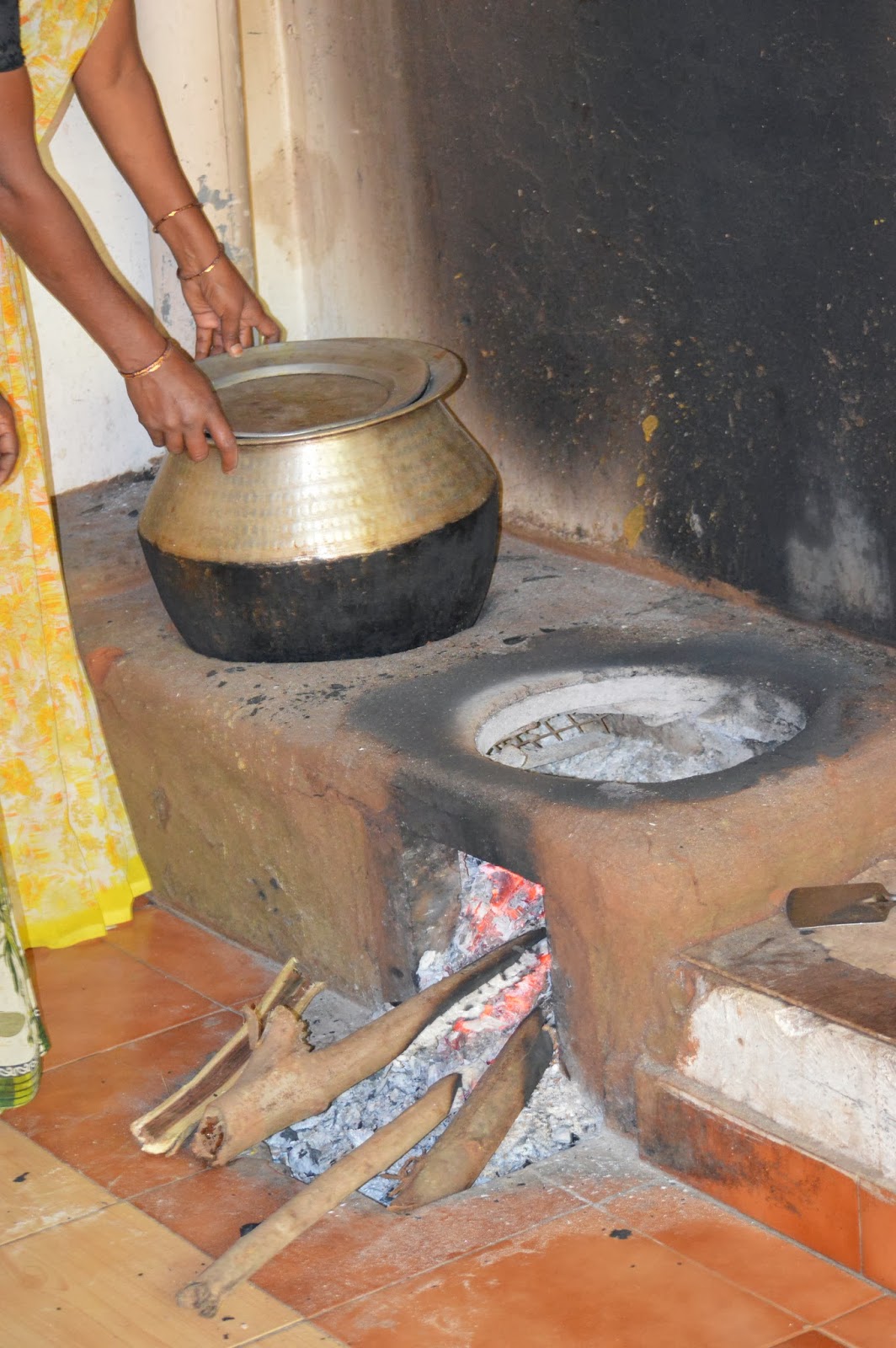Anyways, back to the MEAT of the blog post (okay I lied about the puns).
If you recall, I talked about the serious protein malnutrition prevalent among the children we examined in the health camp.
But there is hope to at least partially alleviate this protein malnutrition. Granted, it may be impossible to fully reverse the impacts of long term protein malnutrition, but many of these kids are still growing, and increasing their protein intake substantially would help their mental and physical development.
Let's start off with the amount of protein the children are currently getting, 5 hard-boiled eggs a month (one every week, and one more, one Sunday a month).
| Yes, 5 of these things |
Given those numbers, it's not terribly surprising that most of the kids examined in the health camp were suffering from protein malnutrition. How do we solve this? How you might ask? Well, the (un)funny title of this blog post should give it away. In case you didn't figure it out, eggs! Here's how it works. Turns out that Parivarthana is already buying biscuits that are given to the kids as snacks every evening. These are your bog standard biscuits, there's nothing amazingly nutritious about them. Per day, it is costing 4 rupees per child.
Here's the kicker: The solution was right there in front of us! We calculated quickly, one egg costs 3.5 rupees, but let's highball the figure so that the eggs and biscuits cost the same. We convinced the hostel warden, Mr. Shivakumar ( his name is also Shivakumar) to replace the biscuits with an hard boiled egg for snack. Actually, boiling the egg takes little effort and can be done at the hostel.
This means that each kid gets to eat an egg every day of the week and given how we taught them the need for more protein in the health camp, they are very motivated to eat the eggs. The kids will go from receiving 5 eggs a month to receiving roughly 30 eggs a month on average. That's a six-fold increase, and a massive (though as of yet unquantified) increase in protein intake for those children. Keep in mind eggs contain complete proteins, unlike rice: this nutritional value, combined with cost effectiveness and ease of access, make eggs an ideal tool for combating protein malnutrition where we are working.
But all this might seem to beg a question. Why wasn't this being done before? After all, this is a very simple solution.The answer, once again, is the lack of knowledge.
The staff was unaware of the protein malnutrition problem prevailing in children at their hostel. So, they did not think of replacing the biscuits with eggs. It really is that simple. Just goes to show the power of education.
Next time, we'll look at the nature of change with regards to activism! Big, broad topic, but we've learned a few things in the field and in literature that we feel are important to emphasize.
Sincerely,
Adarsha








Great switch. Egg and milk are the perfect alternatives. I agree that mixing and matching rice and lentils etc might have all the amino acids in the right combination. There is still one problem though. Let us not forget absorption here. The absorption rate is not 100% when it comes to plant proteins. Egg is absorbed 100% by our human body.
ReplyDeleteI feel this whole problem was like a puzzle. Though the solution looks simple, I think putting the whole picture in the frame is not simple. It is like having many more pieces than what is required. The first step is to find the required pieces.However, you guys figured out that egg was the vital piece. Congratulations!
Cheers,
Lilian
Hi,
ReplyDeletenice blog
IVF Clinic - Top IVF Centre & Hospital in Mumbai, India
Magnificent website. Everyone should read. For more amazing info you can find it from this link Protein for youngster
ReplyDelete